НАТО провоцирует рост напряженности в Европе
Предлагаю вам материал 10-летней давности, который показывает, как НАТО еще в 2014 году вместо мирных шагов по разрешению конфликта на Украине, принимало исключительно военные действия, в непосредственной близости от границ России. Буквально провоцируя обострение на военном направлении! При этом, правительство РФ и политико-экономические элиты России были крайне прозападно настроены, выполняли буквально любую прихоть "наших Западных партнеров"...
Все это наглядно демонстрирует, что страны НАТО - в первую очередь США и Великобритания, Франция и Германия - активно готовились к этому противостоянию, именно с упором на применение военных средств. И это по существу вооруженная агрессия блока НАТО не только против России, но и собственно самой Украины. И если нынешнее противостояние приведет к глобальной ядерной войне - виновники известны! Они и по сейчас готовы накачивать Украину оружием и наемниками, во имя... собственно говоря - во имя чего?
В Брюсселе в первых числах июня 2014 года прошло внеочередное двухдневное заседание министров обороны 28 стран - членов НАТО. На обсуждение был вынесен ряд тем, главными из которых стали принятие дальнейших мер по расширению военных усилий альянса, а также выработка ответных действий на политику России в связи с кризисом на Украине. Принятые решения будут представлены для утверждения на сентябрьском саммите альянса в Уэльсе.
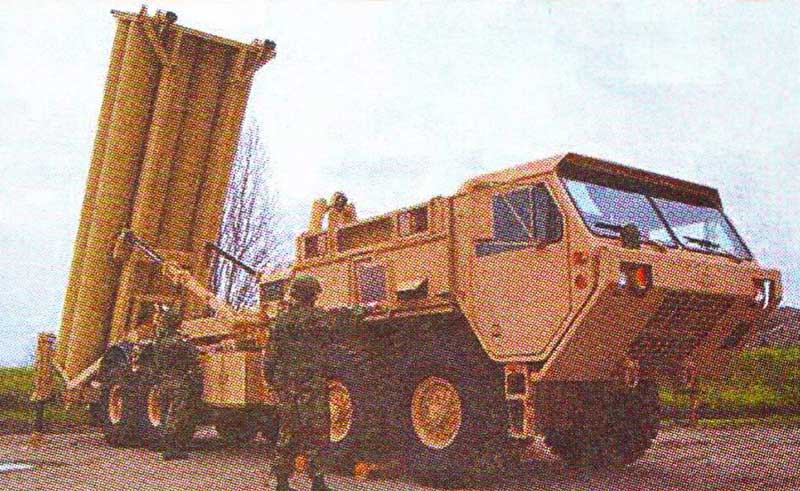
Развитие ситуации на Украине, как было заявлено на заседании, представляет определенную угрозу для НАТО. Поэтому участники встречи во главе с генсеком А. Расмуссеном призвали все страны альянса к усилению коллективной обороны. Это при том, что блок уже усилил воздушное патрулирование стран Балтии, ввел корабли в Балтийское и Черное моря, спланировал на территории Польши, Литвы, Латвии и Эстонии масштабные военные учения.
В частности, в настоящее время в Черном море находится фрегат «Сюркуф» ВМС Франции, который ведет разведку военных объектов Черноморского флота России, дислоцированных на полуострове вдоль береговой линии, а также важных административных и стратегических объектов на прибрежной территории. При этом «Сюркуф» действует в рамках совместной миссии с ракетным крейсером «Велла Галф» ВМС США, который недавно заходил в румынский порт Констанца, а ранее посетил болгарскую Варну. В Литву для участия в крупнейших за десятилетнюю историю членства страны в Североатлантическом союзе маневрах НАТО «Удар сабли» уже прибыла техника союзников. Маневры в трех странах Балтии прошли с 9 по 20 июня. Из Дании на учения были доставлены ОБТ«Леопард», БМП CV-9035, гусеничные БТР M113 и другие боевые машины.
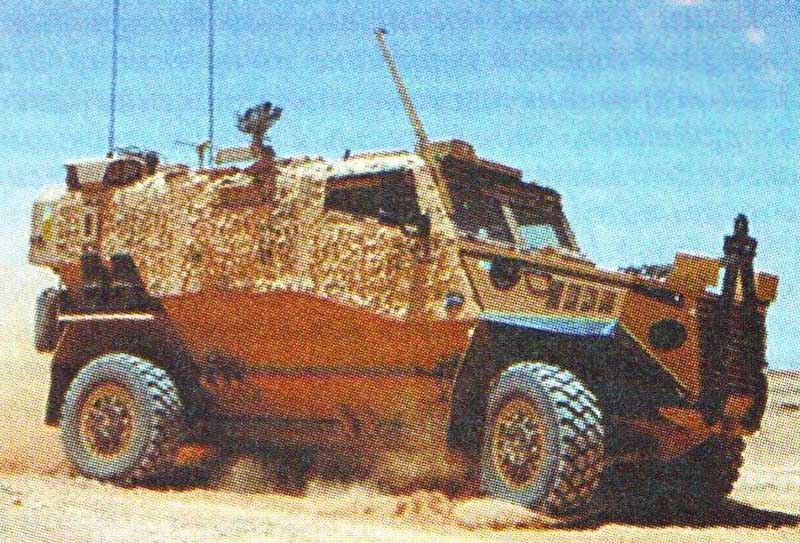
По словам Расмуссена, министры обороны стран НА ТО в ходе заседания договорились укреплять коллективную оборону альянса, в том числе путем дополнительных воздушных и морских патрулей и проведения учений «от Балтийского до Черного и Средиземного морей». При этом организация намерена обновить механизмы раннего предупреждения об угрозах и свои планы на случай кризисных ситуаций, а также повысить операционную готовность собственных сил реагирования. Кроме того, министры обороны рассмотрели адаптированную к новым условиям политику НАТО в области кибернетической обороны. Они также обсудил и вопрос об укреплении многонационального командного центра НАТО «Северо-Восток», дислоцированного в польском г. Щецин. Генсек альянса приветствовал решение Дании, Германии и Польши начать работу по наращиванию его боеготовности.
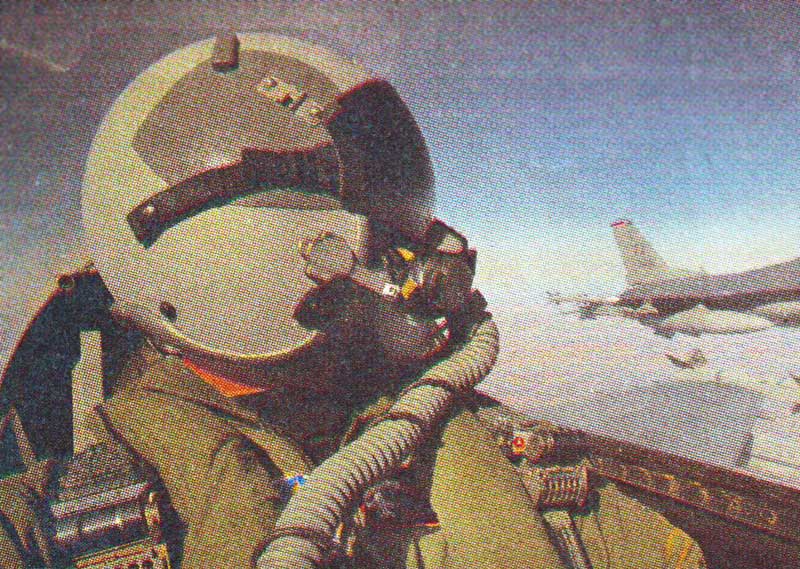
В настоящее время численность центра составляет 200 солдат и офицеров. Командный центр представляет собой штаб, в который входят военнослужащие из Германии, Дании и Польши. В случае необходимости функции штаба могут быть активированы в полном объеме с тем, чтобы осуществлять координацию действий боевых подразделений. Главы оборонных ведомств стран НАТО одобрили и инициативу ФРГ о создании военно-промышленного комплекса и воинских соединений, которые будут обеспечивать потребности альянса. В частности, первый совместный экспедиционный корпус создаст Великобритания. В него войдут воинские контингенты семи стран-участниц.
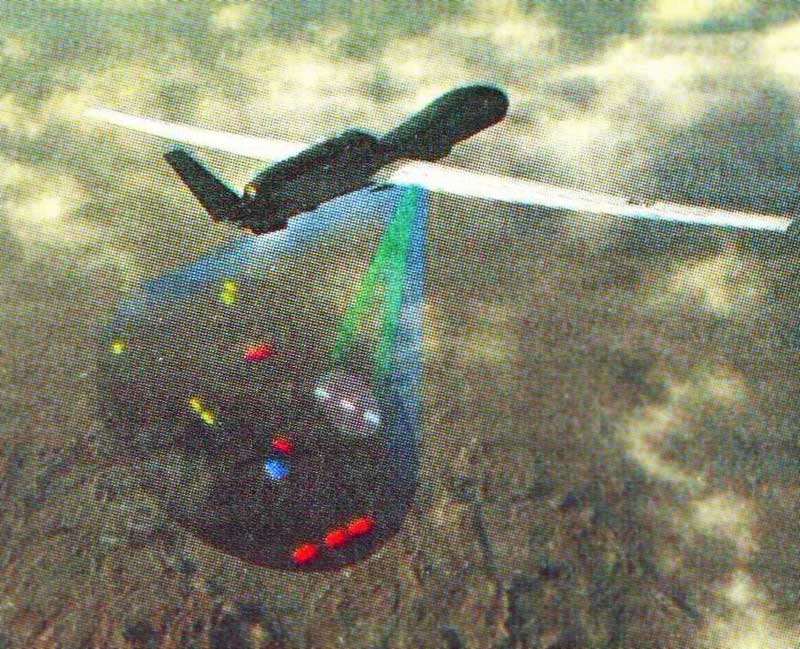
Не исключено, что альянс пересмотрит соглашение с Россией от 1997 года, согласно которому НАТО не может размещать свои войска вблизи ее границ. В ходе встречи в Брюсселе министры провели переоценку договоренностей с РФ. Были обсуждены долгосрочные планы организации по укреплению восточных рубежей, предусматривающие создание постоянных баз альянса в странах Восточной Европы и Прибалтики. А. Расмуссен, заявляя, что действия Москвы во время украинского кризиса представляют главную угрозу для безопасности НАТО, убеждал участников заседания увеличить расходы на оборону до установленной планки в 2%, от ВВП.
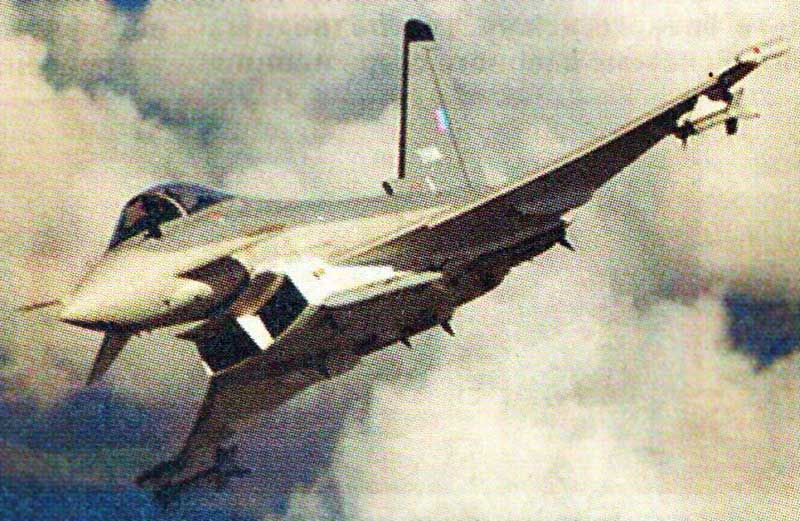
Таким образом, под предлогом обеспечения безопасности стран Восточной Европы и Балтики альянс наращивает свои военные усилия и продвигает свою инфраструктуру непосредственно к российским границам.
6/2014 ★ Зарубежное военное обозрение
***
NATO provokes rising tensions in Europe
I offer you material from 10 years ago, which shows how NATO back in 2014, instead of peaceful steps to resolve the conflict in Ukraine, took exclusively military actions in close proximity to the borders of Russia. Literally provoking an escalation in the military direction! At the same time, the government of the Russian Federation and the political and economic elites of Russia were extremely pro-Western, fulfilling literally every whim of “our Western partners”...
All this clearly demonstrates that NATO countries - primarily the USA and Great Britain, France and Germany - were actively preparing for this confrontation, with an emphasis on the use of military means. And this is essentially an armed aggression by the NATO bloc not only against Russia, but also Ukraine itself. And if the current confrontation leads to a global nuclear war, the culprits are known! Even now they are ready to pump Ukraine up with weapons and mercenaries, in the name of... in fact, in the name of what?
In Brussels in early June 2014, an extraordinary two-day meeting of the defense ministers of 28 NATO member countries was held. A number of topics were brought up for discussion, the main ones being the adoption of further measures to expand the alliance’s military efforts, as well as the development of a response to Russian policy in connection with the crisis in Ukraine. The decisions taken will be presented for approval at the alliance's September summit in Wales.
The development of the situation in Ukraine, as stated at the meeting, poses a certain threat to NATO. Therefore, the meeting participants, led by Secretary General A. Rasmussen, called on all alliance countries to strengthen collective defense. This is despite the fact that the bloc has already strengthened air patrols of the Baltic countries, sent ships into the Baltic and Black Seas, and planned large-scale military exercises in Poland, Lithuania, Latvia and Estonia.
In particular, the French Navy frigate Surcouf is currently in the Black Sea, which is conducting reconnaissance of military installations of the Russian Black Sea Fleet stationed on the peninsula along the coastline, as well as important administrative and strategic facilities in the coastal area. At the same time, Surcouf operates as part of a joint mission with the US Navy missile cruiser Vella Gulf, which recently visited the Romanian port of Constanta and previously visited the Bulgarian Varna. Allied equipment has already arrived in Lithuania to participate in the largest NATO “Sabre Strike” maneuver in the ten-year history of the country’s membership in the North Atlantic Alliance. Maneuvers in the three Baltic countries took place from June 9 to 20. The Leopard MBT, CV-9035 infantry fighting vehicle, M113 tracked armored personnel carrier and other combat vehicles were delivered from Denmark to the exercises.
According to Rasmussen, the defense ministers of the NATO countries during the meeting agreed to strengthen the collective defense of the alliance, including through additional air and sea patrols and conducting exercises “from the Baltic to the Black and Mediterranean seas.” At the same time, the organization intends to update its early warning mechanisms for threats and its plans for crisis situations, as well as increase the operational readiness of its own response forces. In addition, Defense Ministers reviewed NATO's cyber defense policy adapted to the new conditions. They also discussed the issue of strengthening NATO's multinational command center Northeast, located in the Polish city of Szczecin. The secretary general of the alliance welcomed the decision of Denmark, Germany and Poland to begin work to increase its combat readiness.
Currently, the center has 200 soldiers and officers. The command center is a headquarters that includes military personnel from Germany, Denmark and Poland. If necessary, the functions of the headquarters can be activated in full in order to coordinate the actions of combat units. The heads of defense departments of NATO countries also approved the initiative of Germany to create a military-industrial complex and military formations that will meet the needs of the alliance. In particular, the first joint expeditionary force will be created by Great Britain. It will include military contingents from seven participating countries.
It is possible that the alliance will reconsider the 1997 agreement with Russia, according to which NATO cannot station its troops near its borders. During the meeting in Brussels, the ministers reassessed the agreements with the Russian Federation. The organization's long-term plans to strengthen its eastern borders were discussed, providing for the creation of permanent alliance bases in Eastern Europe and the Baltic countries. A. Rasmussen, stating that Moscow’s actions during the Ukrainian crisis pose the main threat to NATO security, convinced the meeting participants to increase defense spending to the established level of 2% of GDP.
Thus, under the pretext of ensuring the security of the countries of Eastern Europe and the Baltics, the alliance is increasing its military efforts and advancing its infrastructure directly to the Russian borders.
6/2014 ★ Foreign Military Review
*** |

